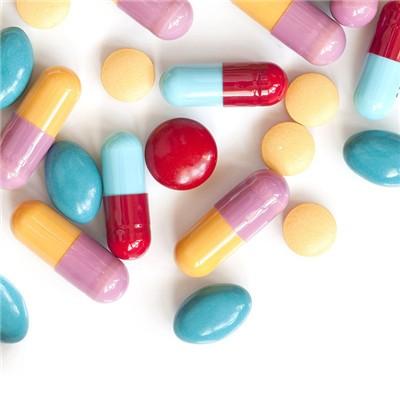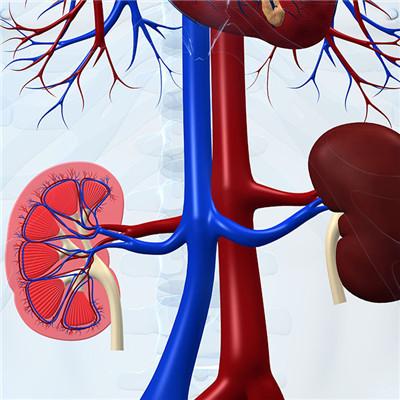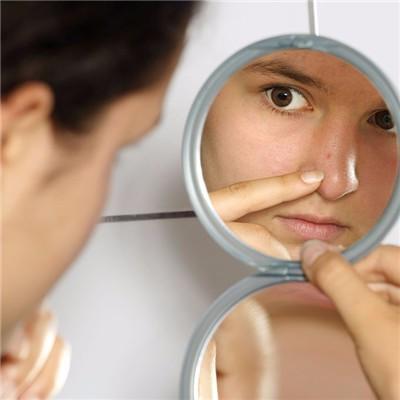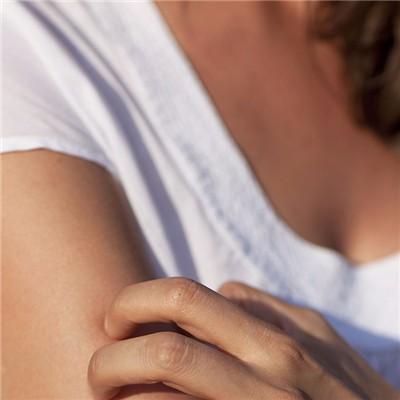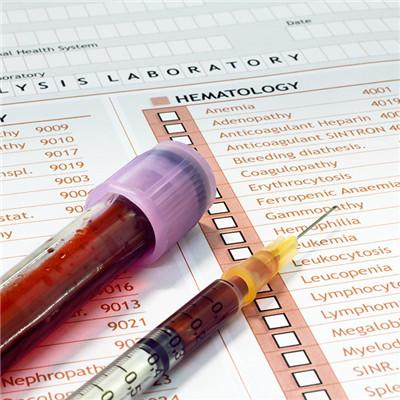Examination of prostatitis?
summary
Only a few patients have acute history, most of them are chronic and recurrent. The main pathogenic factor of type I and type II prostatitis is pathogen infection. The main pathogenic bacteria are Escherichia coli, Klebsiella, Proteus and Pseudomonas aeruginosa. The pathogens invade the prostate with urine, leading to infection. Examination of prostatitis? Next, I'd like to share my views with you.
Examination of prostatitis?
Type I prostatitis can be found by digital rectal examination with enlarged prostate, obvious tenderness and increased local temperature. It should be noted that when acute prostatitis avoid prostate massage, in order to prevent the spread of infection.
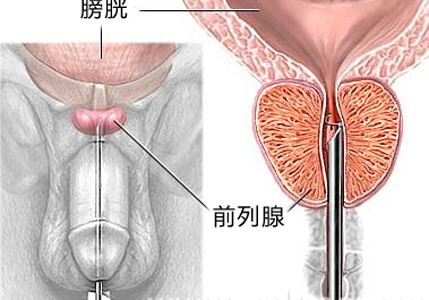
The size, texture, nodule and tenderness of prostate, the tension of pelvic floor muscle and tenderness of pelvic wall can be detected by digital rectal examination of type II and type III prostatitis. Prostatic fluid can be obtained by massage of prostate for laboratory examination.
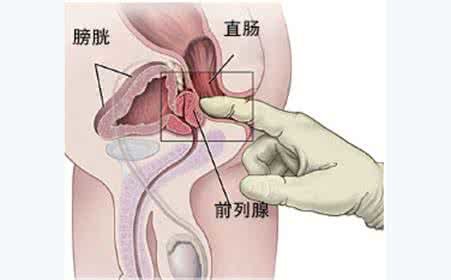
EPS routine examination usually adopts wet picture method and blood cell count plate method, the latter has better accuracy. The amount of leukocytes in normal prostatic fluid sediment should be less than 10 in each field of high power microscope. If the number of white blood cells in prostatic fluid is more than 10 / field, prostatitis is highly suspected, especially the presence of fat containing macrophages in prostatic fluid.
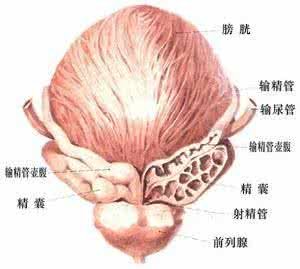
matters needing attention
Regular life, can't bear sperm not shoot, don't frequent masturbation, avoid dirty sex. Drink plenty of water, urinate frequently, keep the stool unobstructed, insist on hot water hip bath or hot water bag hot compress perineum. Avoid sitting for a long time, avoid cycling for a long time, adhere to exercise, the best is jogging and more lower body exercise, avoid strenuous exercise.




